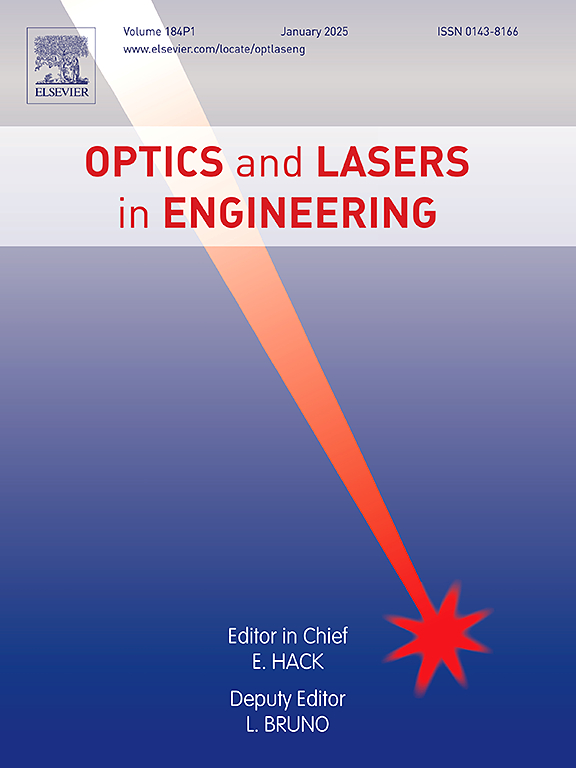NanoDriftGuard:开源各向同性ångström-scale主动稳定超分辨率显微镜
IF 3.5
2区 工程技术
Q2 OPTICS
引用次数: 0
摘要
单分子定位显微镜(SMLM)达到了纳米级的分辨率,但仍然容易受到样品漂移的影响,从而影响数据质量。广泛使用的基于荧光基准或定位事件的漂移校正方法都有其固有的局限性。在这里,我们提出了一个完整的样品稳定解决方案,结合了用于检测基准标记的成像系统和NanoDriftGuard(一种实时漂移校正软件)。这个开源软件包可以在GitHub (https://github.com/ZhengyiZ/NanoDriftGuard)上获得。这种方法可以实现各向同性三维(3D)稳定性,精度为~ 4 Å。我们基于matlab的实现针对快速执行进行了优化,允许以超过50 Hz的速率进行实时漂移校正。该系统只需要一个激光器进行3D漂移校正,其紧凑的设计可将残留漂移降至10 nm/h,确保卓越的长期稳定性。最后,我们通过使用SMLM成像核孔复合物来证明该系统的性能。本文章由计算机程序翻译,如有差异,请以英文原文为准。
NanoDriftGuard: Open-source isotropic ångström-scale active stabilization for super-resolution microscopy
Single-molecule localization microscopy (SMLM) achieves nanoscale resolution but remains vulnerable to sample drift, which can compromise data quality. Widely used drift correction methods, based on either fluorescent fiducials or localization events, each have inherent limitations. Here, we present a complete sample stabilization solution combining an imaging system for detecting fiducial markers and NanoDriftGuard, a real-time drift correction software. This open-source software package is available on GitHub (https://github.com/ZhengyiZ/NanoDriftGuard). This approach can achieve isotropic three-dimensional (3D) stability with a precision of ∼4 Å. Our MATLAB-based implementation is optimized for rapid execution, allowing real-time drift correction at a rate exceeding 50 Hz. The system requires only a single laser for 3D drift correction and features a compact design that minimizes residual drift to ∼10 nm/h, ensuring exceptional long-term stability. Finally, we demonstrate the system's performance by imaging nuclear pore complexes using SMLM.
求助全文
通过发布文献求助,成功后即可免费获取论文全文。
去求助
来源期刊

Optics and Lasers in Engineering
工程技术-光学
CiteScore
8.90
自引率
8.70%
发文量
384
审稿时长
42 days
期刊介绍:
Optics and Lasers in Engineering aims at providing an international forum for the interchange of information on the development of optical techniques and laser technology in engineering. Emphasis is placed on contributions targeted at the practical use of methods and devices, the development and enhancement of solutions and new theoretical concepts for experimental methods.
Optics and Lasers in Engineering reflects the main areas in which optical methods are being used and developed for an engineering environment. Manuscripts should offer clear evidence of novelty and significance. Papers focusing on parameter optimization or computational issues are not suitable. Similarly, papers focussed on an application rather than the optical method fall outside the journal''s scope. The scope of the journal is defined to include the following:
-Optical Metrology-
Optical Methods for 3D visualization and virtual engineering-
Optical Techniques for Microsystems-
Imaging, Microscopy and Adaptive Optics-
Computational Imaging-
Laser methods in manufacturing-
Integrated optical and photonic sensors-
Optics and Photonics in Life Science-
Hyperspectral and spectroscopic methods-
Infrared and Terahertz techniques
 求助内容:
求助内容: 应助结果提醒方式:
应助结果提醒方式:


